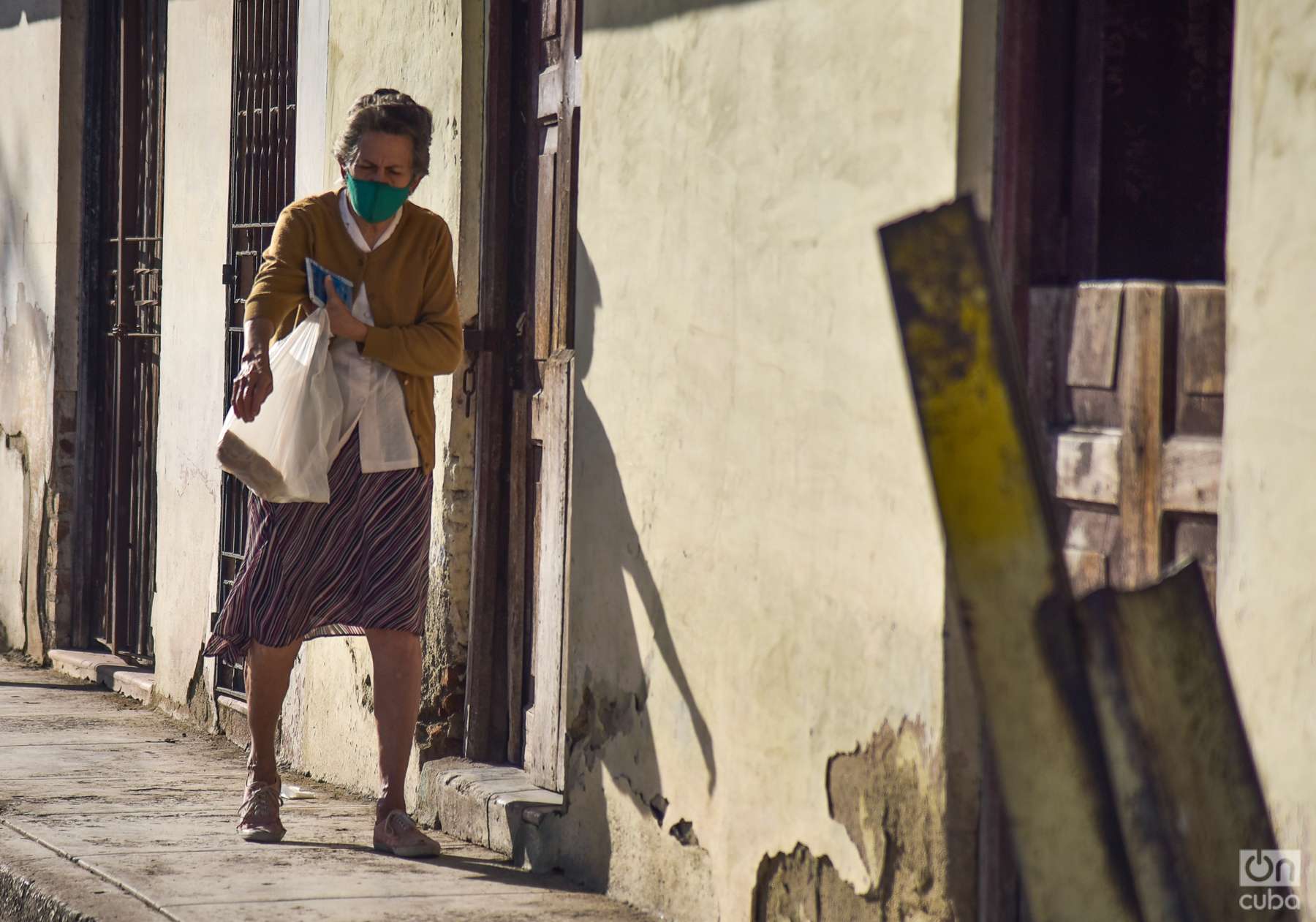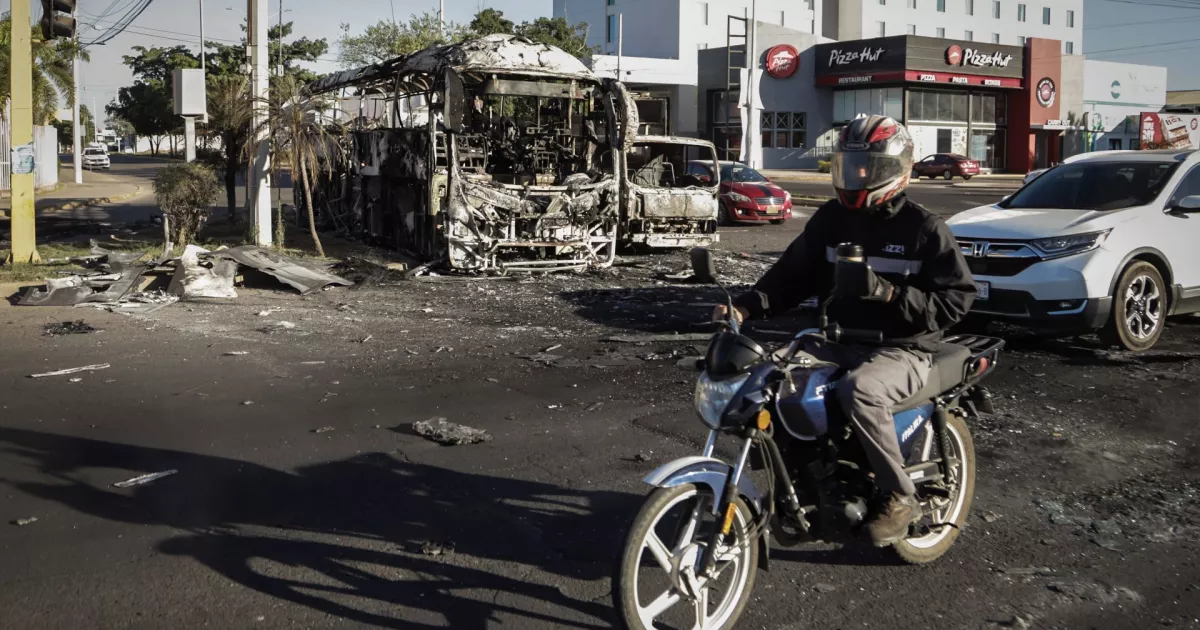In recent days, the world has received mixed signals regarding the coronavirus pandemic. COVID-19. On the one hand, after China abandoned the zero-contagion policy, the Asian nation has lived a spectacular rise in the number of infections and deaths, which was accompanied by the collapse of health institutions and the abandonment, by the government, of the custom of publishing the number of daily cases. In line with the above, several nations they began to demand travelers from the “Asian Giant” a negative test to allow them entry. While this was happening, the Director General of the World Health Organization (WHO), Dr. Tedros Adhanom Ghebreyesus, announced that surely at some point in 2023 COVID-19 would cease to be an international health emergency and was pleased that the world had learned some of the hard lessons that the pandemic has left behind.
Meanwhile, Cuba has experienced a slight but significant increase in the number of patients, which has led the island’s health authorities to once again put this disease at the center of the agenda. According to a updated report of the national epidemiological situation, shared on the official site of the Ministry of Public Health by Dr. José Ángel Portal Miranda, in the year that has just ended, 112,972 positives were recorded in the country, the daily average of infections was 1,299 cases and 189 people died, for a lethality of 0.17%. It is significant that in the last 18 weeks no deaths from this cause have been reported. However, since mid-November, 526 new cases have been diagnosed and in the penultimate week of the year a 53.7% growth in the number of patients was observed compared to the previous week. What are the causes of this rebound? What should we expect for the coming weeks? We will be giving answers to these questions in this article.
Low temperatures, new subvariants, parties and the abandonment of hygienic measures
The low temperatures of the last month have an important weight in the current epidemiological situation. It is no coincidence that five of the six provinces where 80.1% of the cases are concentrated, and the special municipality of Isla de la Juventud, are included in a strip of territory that goes from Villa Clara to Mayabeque. This zone of the country usually has in these months minimum temperatures between 3 and 4 °C lower than in the East and the last weeks have been particularly cold in Cuba. The drop in temperatures has a double effect that favors the increase in respiratory diseases: on the one hand, decreases the ability of the body’s defense mechanisms to combat the entry of viruses into the respiratory system, while favoring long stays in closed environments, without ventilation, which is another causal factor in the spread of this type of disease.
Additionally, although throughout the year the predominant variant in the country has been the Omicron, according to the update of the Ministry of Public Health in recent weeks, the subvariants that are predominating are BQ-1 and XBB-1. These subvariants are also responsible for more than 70% of cases in the United States and the visit for the end of the year holidays by Cubans residing in that country, as well as tourists, is surely having an impact on the increase in the number of cases on the island. On the other hand, a study in the journal nature medicine reports that both BQ-1 and XBB-1 are particularly adept at avoiding the immune system response, even in people who have completed the vaccination schedule and have booster doses.
Finally, the abandonment of hygienic measures can also be cited among the causes of the increase in the number of cases. Since the end of May last year it was deleted the obligatory nature of the use of the mask, which was left only for hospital units and public transport. As the months passed and life returned to normal in the country, the population’s perception of risk continued to decline. If we add to this that in recent weeks we have continued to witness large crowds of people on the occasion of end of year partysin which no physical distancing is observed and most are not using the means of protection against contagion, it is logical that an increase in the number of positives for this disease is observed.
What should we expect in the coming weeks and months?
In the coming weeks and even in the first months of the year, an increase in the number of cases will be observed, the peak of which could occur at the end of January. However, with the levels of immunity achieved in the country, both naturally and thanks to vaccination campaigns —according to MINSAP, “98.6% of the vaccinated population has completed its schedule”—; this scenario will not be like the one experienced in the summer of 2021 with the Delta variant, it should not even reach the levels that were observed at the beginning of the previous year. However, the elderly, immunocompromised patients and pregnant women are indeed at risk personnel and the majority of those hospitalized and deceased will be concentrated in these categories. This has happened in various regions of the world.
In this context, the health authorities have taken a series of measures to deal with what appears to be the last wave of COVID-19. Few days ago it was recommended the use of masks in public places, a campaign is being carried out to increase the population’s perception of risk and to return to elementary hygienic measures such as frequent hand washing and physical distancing. On the other hand, it was announced that will be applied an additional booster dose for those over 70, pregnant women and people at risk, which will surely include healthcare personnel. Finally, the Center for Genetic Engineering and Biotechnology (CIGB) announced the use of the drug Nasalferon to prevent severe forms of the disease in the country.
All these measures will not have the desired impact without the collaboration of the people. This is not to be alarmist, but contrary to what is believed, COVID-19 has not ended and, although it is unlikely that the youngest will die from it, in a society as aged as ours we are all potential vectors for people who can be fatal victims of the last blow of the pandemic. Finally, it is still theoretically possible for a new and lethal variant to emerge in the immense human laboratory made up of the millions of Chinese who have not yet fallen ill or been vaccinated and in whom the virus could mutate to give way to a new form of the virus. illness. In that sense, the most important thing is to stay informed.





